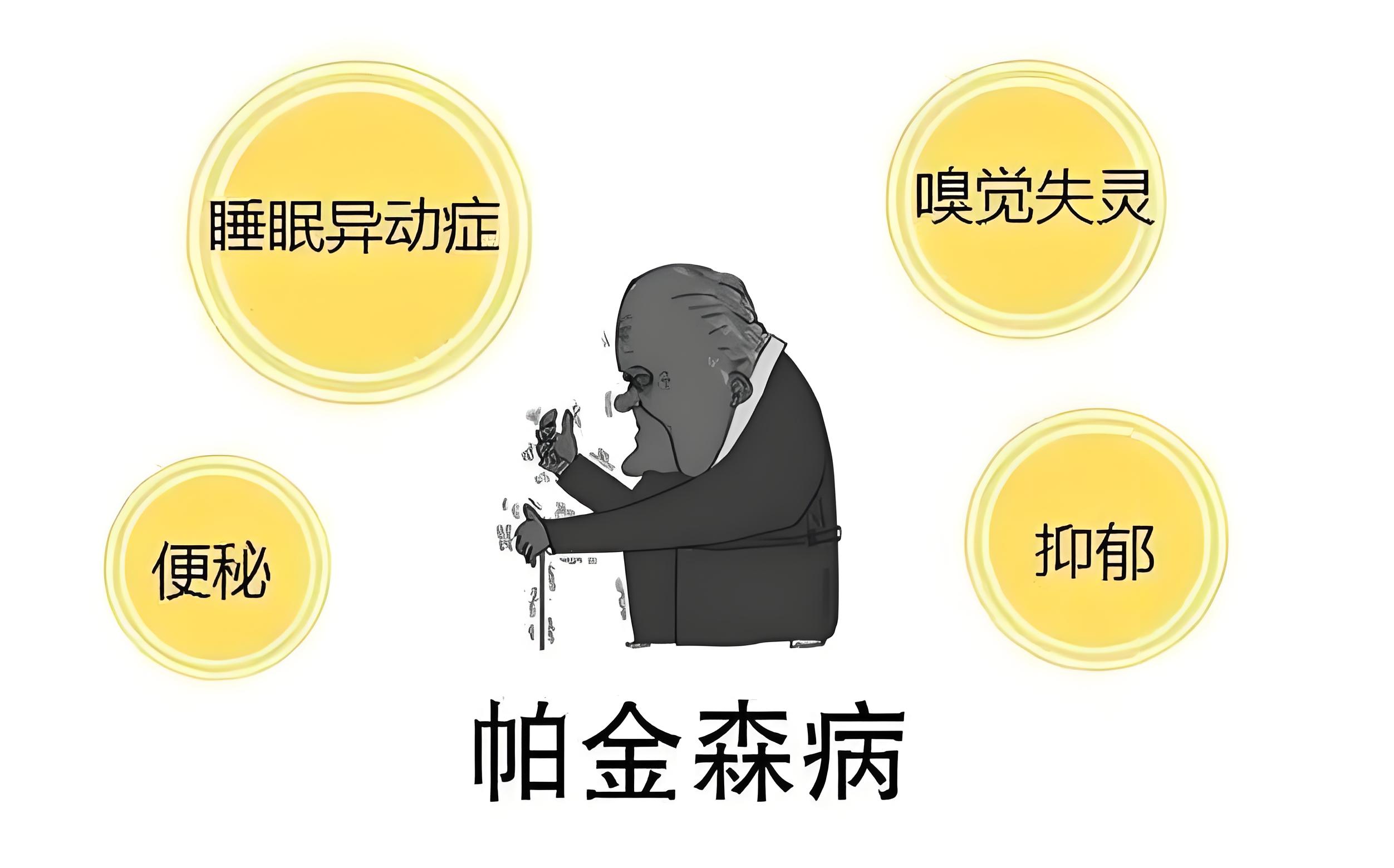在血管紧张素Ⅱ1型受体(AT1)7次跨膜结构域的G蛋白偶联受体是配体激活的时候,它是由血管紧张素II产生的信号事件,促进血管功能障碍和心血管疾病的发展。在这里,我们表明,在单次跨膜受体(氧化低密度脂蛋白(LDL)受体1(AT1)特写睡在邻近细胞表面没有在线membranes of oxLDL结合到激活AT1受体1依赖的信号转导通路的CAN allosterically事件。氧化低密度脂蛋白诱导的血管内皮细胞的信号转导事件是一场abolished通过抑制AT1受体和AT1拮抗剂之用(ARB)。氧化低密度脂蛋白增加cytosolic 350 g)蛋白的中国仓鼠卵巢(CHO细胞)细胞的转基因表达和诱导)和LOX - 1型,而小的增加是观察到只有在CHO细胞中LOX-1的表达。immunoprecipitation扎法和原位成像分析(PLA)在CHO细胞中的存在表明,细胞表面的复合物,涉及LOX-1和AT1受体。分析认为,氧化低密度脂蛋白诱导的chimeric无相互作用的介导的信号转导事件是通过AT1受体胞内域之间的LOX-1是激活AT1受体和AT1受体。氧化低密度脂蛋白诱导的血管内皮依赖性松弛减值)来自小鼠胸主动脉血管环是由基因缺失或abolished ARB(AT1受体。这些结果表明,AT1受体的激活是新途径和新机制。
原文
Oxidized LDL (oxLDL) activates the angiotensin II type 1 receptor by binding to the lectin-like oxLDL receptor
Abstract
The angiotensin II type 1 receptor (AT1) is a 7-transmembrane domain GPCR that when activated by its ligand angiotensin II, generates signaling events promoting vascular dysfunction and the development of cardiovascular disease. Here, we show that the single-transmembrane oxidized LDL (oxLDL) receptor (LOX-1) resides in close proximity to AT1 on cell-surface membranes and that binding of oxLDL to LOX-1 can allosterically activate AT1-dependent signaling events. oxLDL-induced signaling events in human vascular endothelial cells were abolished by knockdown of AT1 and inhibited by AT1 blockade (ARB). oxLDL increased cytosolic G protein by 350% in Chinese hamster ovary (CHO) cells with genetically induced expression of AT1 and LOX-1, whereas little increase was observed in CHO cells expressing only LOX-1. Immunoprecipitation and in situ proximity ligation assay (PLA) assays in CHO cells revealed the presence of cell-surface complexes involving LOX-1 and AT1. Chimeric analysis showed that oxLDL-induced AT1 signaling events are mediated via interactions between the intracellular domain of LOX-1 and AT1 that activate AT1. oxLDL-induced impairment of endothelium-dependent vascular relaxation of vascular ring from mouse thoracic aorta was abolished by ARB or genetic deletion of AT1. These findings reveal a novel pathway for AT1 activation and suggest a new mechanism whereby oxLDL may be promoting risk for cardiovascular disease.—Yamamoto, K., Kakino, A., Takeshita, H., Hayashi, N., Li, L., Nakano, A., Hanasaki-Yamamoto, H., Fujita, Y., Imaizumi, Y., Toyama-Yokoyama, S., Nakama, C., Kawai, T., Takeda, M., Hongyo, K., Oguro, R., Maekawa, Y., Itoh, N., Takami, Y., Onishi, M., Takeya, Y., Sugimoto, K., Kamide, K., Nakagami, H., Ohishi, M., Kurtz, T. W., Sawamura, T., Rakugi, H. Oxidized LDL (oxLDL) activates the angiotensin II type 1 receptor by binding to the lectin-like oxLDL receptor.



